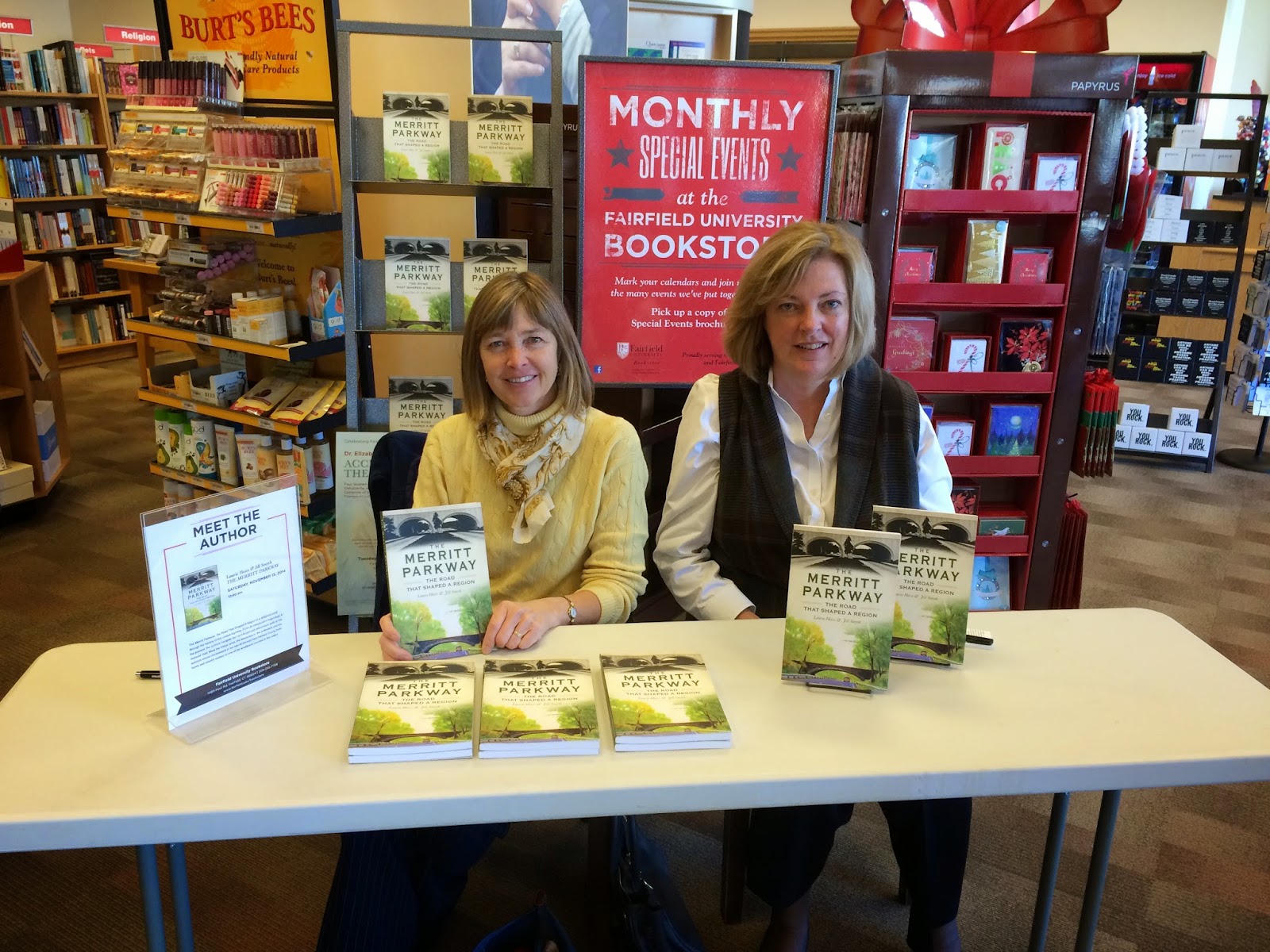Readers will be enthralled by this book’s beauty before starting to read this time traveling tale. Perfect for children ages 9-12 or for the young at heart interested in fashion design, the novel’s 25 beautiful full color illustrations will entice any reader along with the delightfully told story of a young girl, time travelling by vintage fashion. Twelve-year-old Louise Lambert discovers a beautiful lavender Grecian gown at the Traveling Fashionista Vintage Sale and is swept back in time to Hollywood’s 1963 set of Cleopatra. After a short period of time spent as the head costumer designer’s assistant, Louise uncovers an antique pearl necklace, which then transports her to 51 BC Ancient Egypt during the time of Cleopatra’s rule. An exciting and entertaining read for any age, this novel, with its exquisite illustrations weaving together fashion and history is sure to please. Check out Bianca’s website: http://timetravelingfashionista.com/
Interview with Bianca Turetsky:
1) Where did you get the inspiration to write a series based
on fashion and time travel targeted towards kids?
I enjoy shopping for vintage fashion and have my own
collection of vintage clothing, so one day when I was shopping in New Haven at
one of my favorite stores, Fashionista Vintage and Variety, I found a pink
dress, similar to the one used in the first book in the series, The Time Traveling Fashionista on Board the
Titanic. I also used the name of the
first owner of this shop, Miss Baxter, as a main character in the first
book. Fashionista Vintage and Variety
also started as a popup store, which is the inspiration for Marla and Glenda’s
Traveling Fashionista Vintage Sale, the two ladies who are based on the current
shop owners of the New Haven store.
2) Is the main character, Louise Lambert, based on you? Tell
us about some of your favorite pieces in your vintage clothing collection!
I happened to stumble upon the main character’s
twelve-year-old voice, but I definitely wrote Louise with my own
characteristics in mind. I grew up in
Fairfield, the town that Louise’s Connecticut hometown is based on. I also was on the swim team, had braces,
loved vintage clothing even at a young age, am an only child, and had a best
friend named Brooke growing up. My
favorite piece of vintage clothing is probably the dress I found in a small
vintage clothing shop in Spain. This was
during the time I went to Versailles to do research for my second book, The Time Traveling Fashionista at the Palace
of Marie Antoinette. I then traveled
to Spain where I found a vintage long white lace dress from 1910 in a small
vintage shop that unfortunately closed soon after I happened upon it.
3) Will your book series continue with a fourth installment
coming soon or are you working on a new project?
Right now I am working on bringing the series to television
or film. It will remain a trilogy for
now, but if I am able to create a TV series or movie based adaptation I will
continue the series. I have not yet
decided on a possible historical time period for Louise’s next adventure. Any suggestions? Send me a tweet @BiancaTuretsky!
 |
| My 10 year old friend Lucy reading The Time Traveling Fashionista and Cleopatra, Queen of the Nile by Bianca Turetsky with Rory's Promise by Michaela MacColl next to her
|












